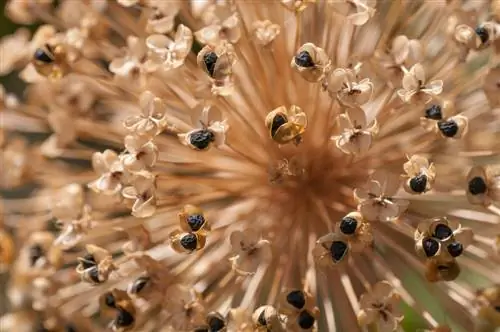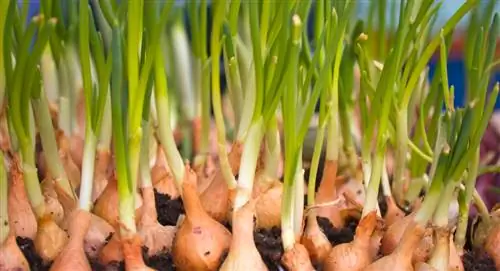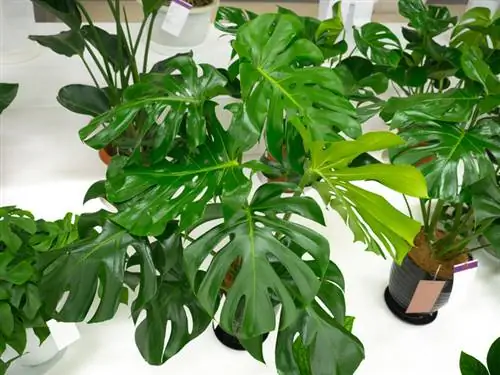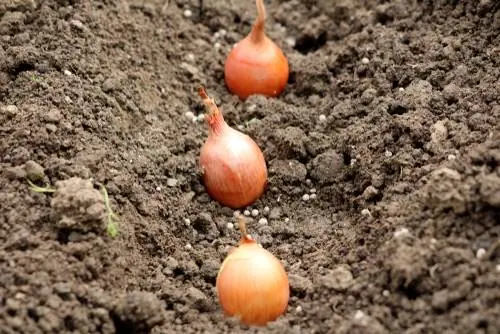- Author admin [email protected].
- Public 2024-01-05 20:48.
- Last modified 2025-01-23 11:21.
Any hobby gardener who is intensively involved in onion cultivation will also want to start propagating the onions needed for cultivation themselves. You can also grow the seeds yourself.
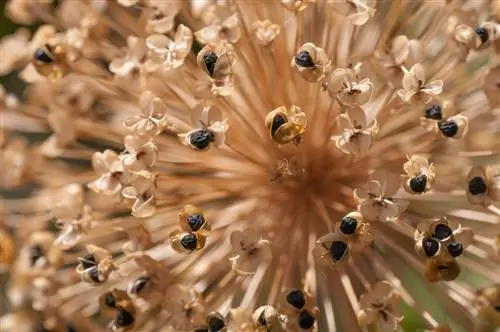
How to propagate onions?
Onions can be propagated by either sowing purchased seeds and growing onion sets or by harvesting and sowing your own seeds from an onion that is in bloom. Sunny locations, nutrient-rich soil and good care promote onion growth.
Growing onions from purchased seeds
This is the easier and faster way to propagate onions. There are seeds of many different varieties available commercially:
- firm-fleshed vegetable onions
- yellow kitchen onions, such as the Zittau Yellow or the Stuttgarter Riesen
- white onions, such as the White Queen pearl onion
- red onions, like the Braunschweiger Dunkelblutrote
- Spring onions, like the Japanese Ishikura
- Shallots, like the Yellow Moon
The seeds are sown densely in rows in spring. The location should be sunny and the soil should be loose and nutrient-rich. After some time, small onions, the so-called onion sets, develop.
These are harvested, dried and stored in a cool place over the winter.
If the onion sets are to be put in the bed in spring, they are placed about four weeks beforehand Sowing date in a warm room. A temperature of around 20 degrees activates onion growth. Then place the onion in humus-rich, permeable soil in a sunny place. Now it's time to wait, water and weed. It takes a few months until home-grown onions are ready to harvest.
Growing onions from home-grown seeds
This variant requires even more time than growing with purchased seeds, as a young bulb must first form a flower that releases seeds.
Harvesting seeds
If the young onion has developed a flower, it must fully ripen. If the inflorescence becomes dry, you can cut it off. To prevent the seeds from getting lost, a paper bag is placed over the flower and the stem is hung upside down to dry. The seed capsules remain in a dry and cool place throughout the winter.
Only in the spring of the following year do you shake out the seeds and sow them in the bed. The rest of the procedure is the same as with purchased seeds.
Which seeds can germinate?
With the abundance of harvested seeds, not all specimens are capable of germinating. With a simple method you can separate the good seeds from the bad ones.
- Fill a bowl with water.
- Pour the seeds in and watch what happens.
- Seeds capable of germinating sink to the bottom of the bowl, seeds without germinating float on the surface.
- Collect the empty seeds from the surface of the water.
- Now pour the water through a sieve, the germinable seeds remain behind.
- Dry the seeds for a while and then sow.

